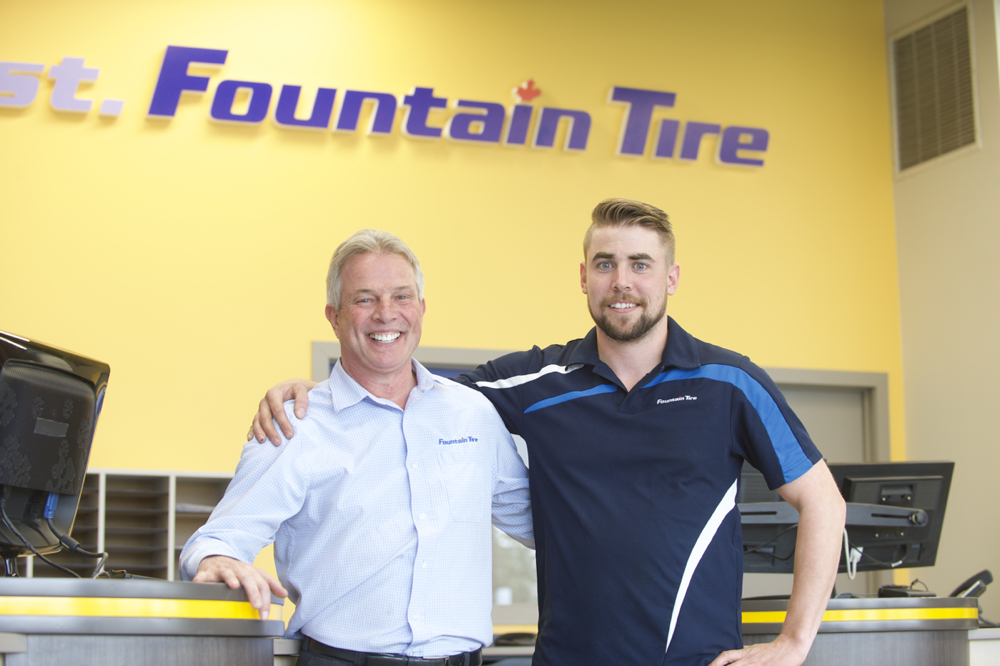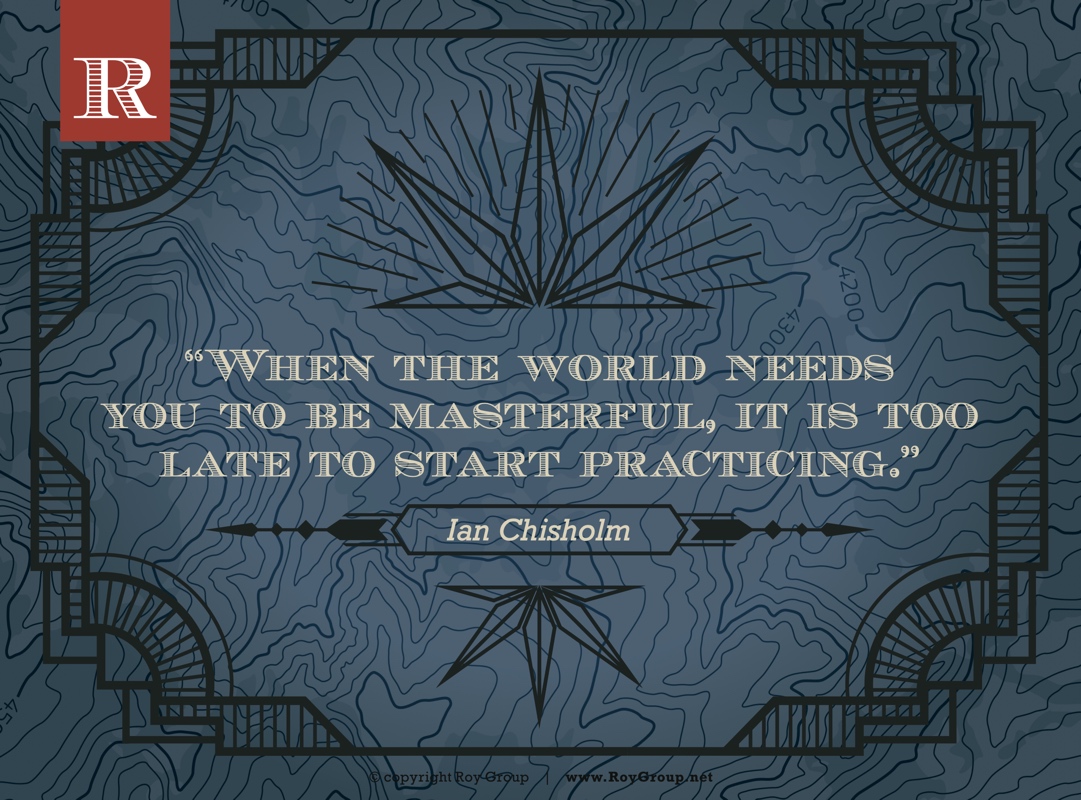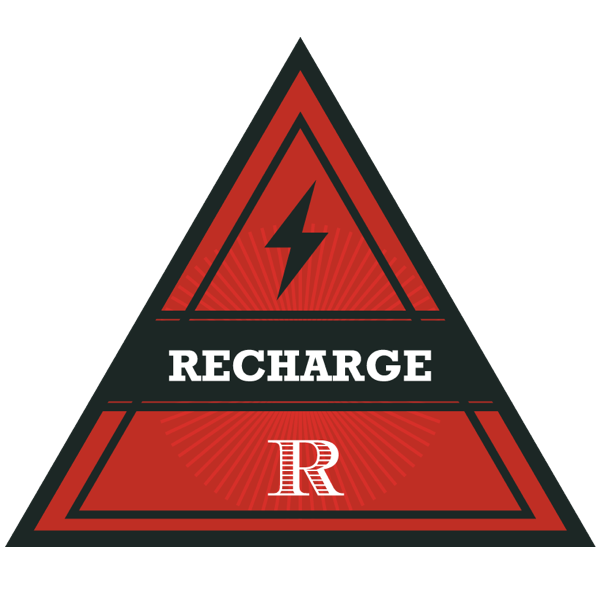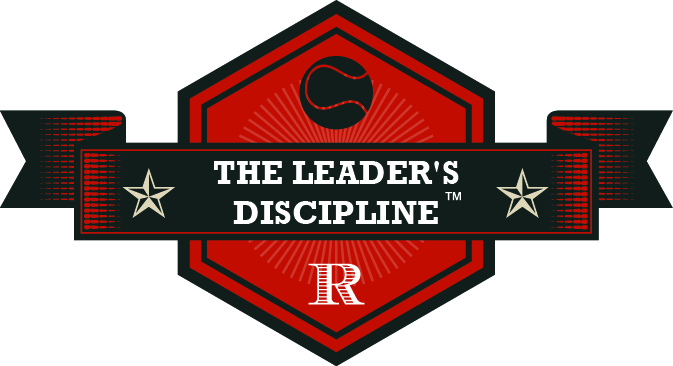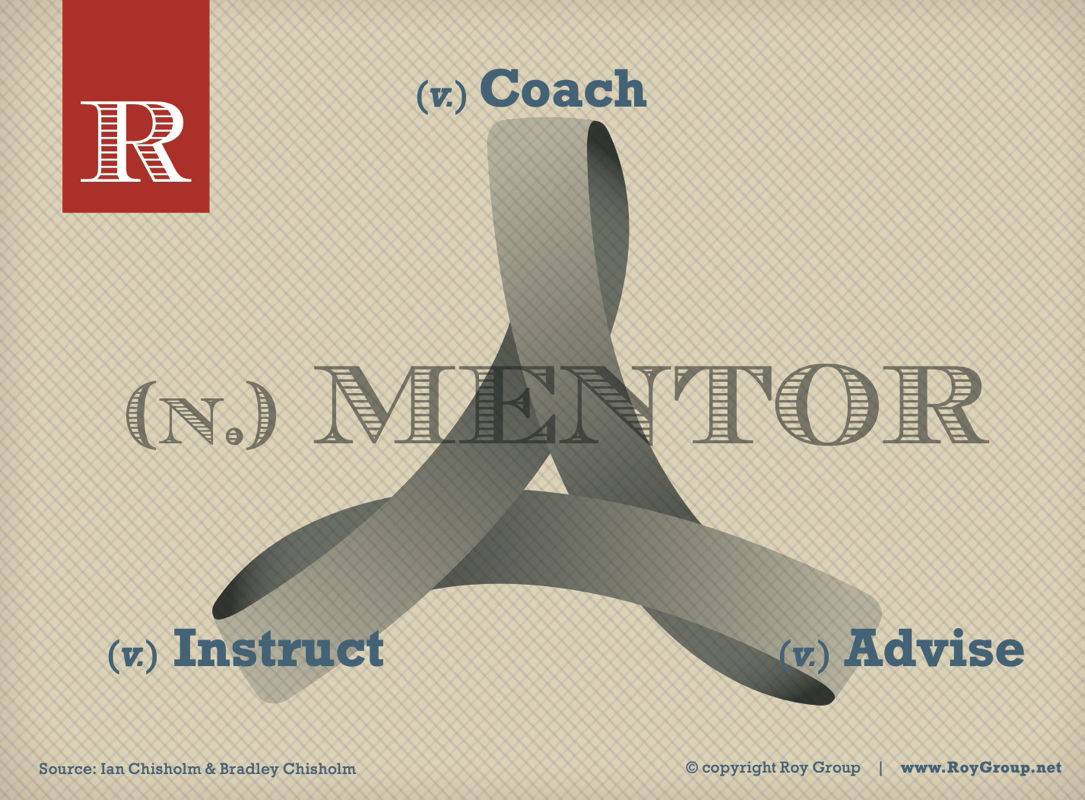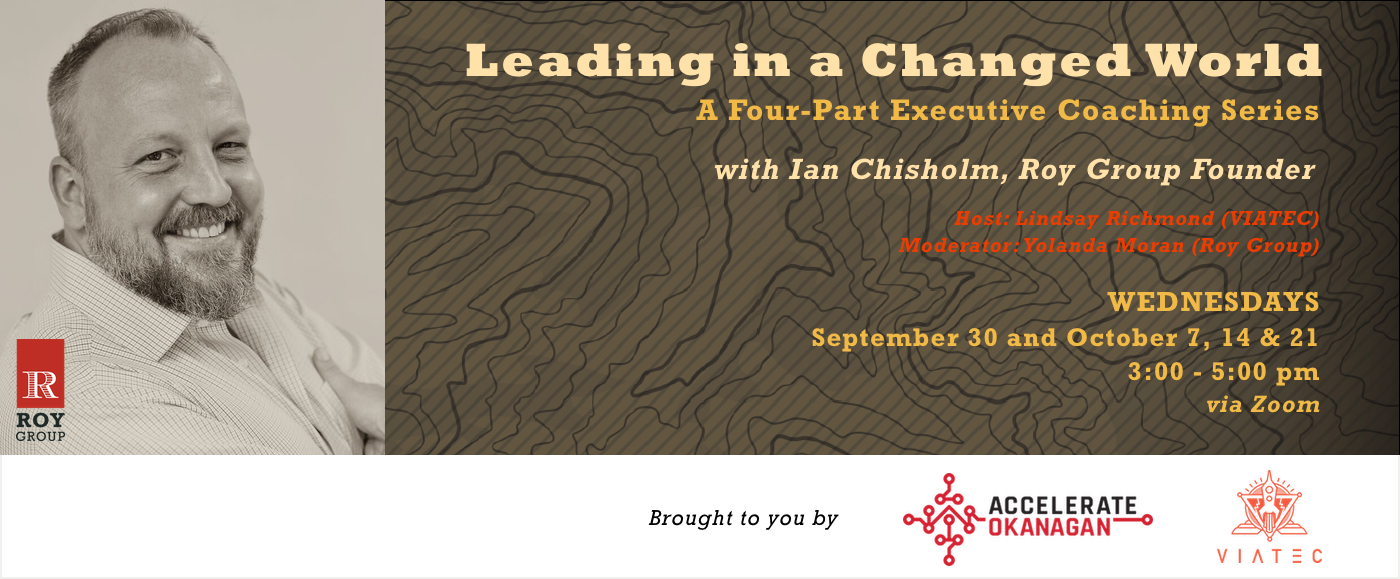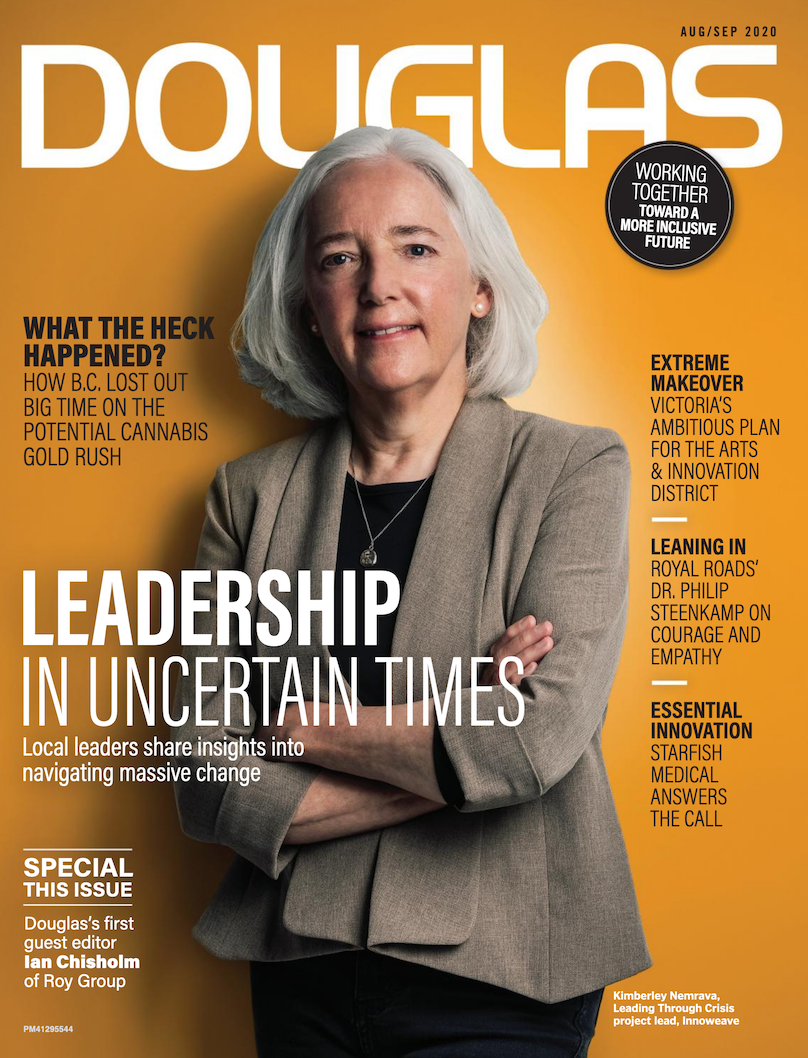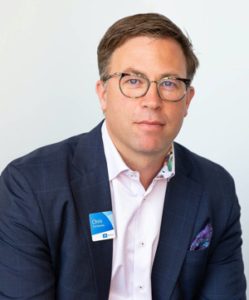Five Rules For Running Big Rapids
By Heather Lehmann
You’re paddling the Kicking Horse close to the BC border. Group of 30. Things change quickly up here: Class III, IV rapids around every bend. Sometimes you have to eddy out and discuss how to approach the next set. Now and then, there’s a humdinger where you can’t see a safe line. You actually have to pull out and walk downriver to scout the hazard. And then? You have to outline a plan and get everyone clear on what they need to do.
This is what happens on a river. But the 2021 business landscape is not so very different. Change lurks under every rock and around every corner. As your people’s leader, you are the architect of change. It’s on you to calm their fears, help them see that they’ve got what it takes — and run the first line yourself.
Here are five rules to orient you as you guide people through the coming shifts.
Rule 1: See It. Say It.
You’ve scouted a nasty keeper up ahead. If you don’t paddle like a monster, you’re going to get sucked backwards into the weir. You’ve got to communicate this well to ensure everyone clears the rapid.
Same principle applies with organizational change. When a shift is coming, people need to understand what you’re trying to do, why, and how it will affect them. How does your proposed change connect to the larger strategy? Why should people care?
Overcommunicate. Confirm again and again: Are we on the same page? Everyone know where we’re going?
Common pitfalls:
- Not communicating the what and the why clearly, so people go off in different directions.
- Assuming everyone gets it because you’ve talked about it a few times.
- Failing to communicate Why now? so people don’t see it as urgent.
Rule 2: We’re All In The Same Boat.
No way you’re getting to the other side of the widow-maker without everybody pulling in the same direction. You need to get your strongest paddlers setting the cadence so that others will follow.
I’ve seen organizations spend literally millions of dollars that went nowhere because their executive team wasn’t on the same page about what they were trying to accomplish. The research is clear: You can’t skip over layers of people to go faster. There is huge strength in leveraging different levels of leadership.
Treat your key leaders as a change audience from the get-go. Be open and transparent with your plan. Give them the opportunity to ask questions. Engage relentlessly.
Pitfalls:
- Different leaders giving conflicting direction to the team.
- Not ensuring your leaders have the skills to help people through the change process.
- Delegating the change to your direct reports and not staying visible as part of it, yourself.
Rule 3: Feel the Fear.
You can see everybody’s nervous. Fear of the unknown does that. There’s no certainty at the top of this here waterfall.
Humans are wired to resist change. The brain has five times more space devoted to finding threats than to finding opportunity. Even when you’re introducing a change that you think will have a positive outcome — or one that people have been asking for — our brains are attuned to looking for the threats in any situation. Change removes choice; resistance grows especially strong if it also comes as a surprise.
The emotional cycle of change closely resembles the grief cycle. It includes the initial stages of shock, denial and frustration, continues through experimentation, and finishes with integration. Understand the norms of how people go through change, and stay open to addressing their fears.
Pitfalls:
- Ignoring people’s emotions around change.
- Assuming that even if people respond positively to change, they won’t at some point have a negative reaction to it.
- Viewing doubts and questions as push-back instead of energy you can engage.
Rule 4: You’re Digging Too, Hoss.
You can tell your crew how to run the rapid, but what they’re really paying attention to is how you paddle your own boat — and whether you fawn over Martin-the-maverick when he takes a much more dangerous but impressive line.
What you say is powerful, but what you do is exponentially powerful. And whatever you’re reinforcing … that’s where you’re really telling people what’s important. Ask yourself: What are the behaviours that are required of me and others in this change? What do I need to shift personally — in what I’m acknowledging, recognizing and rewarding in other people?
Your every interaction is an opportunity to model and reinforce the change you’re trying to make in your organization.
Pitfalls:
- A distinct break between what you say and what you do.
- Claiming to be open to two-way dialogue … but then sanctioning people when they share their doubts.
- Forgetting how powerfully your actions speak.
Rule 5: Wrap Up Before You Race Ahead
Looking behind, you can see the first few groups have made it through. This is not the time to take off on the next section. You need to watch how it all goes down — in fact, you should be cruising the bank with your boatmates, throwbags in hand.
As a leader, it’s natural to want to move on to the next thing. Make sure you stick with the actions of the change you’re driving to ensure said change achieves the goals you set out for it.
Remove roadblocks as your leaders encounter them to ensure they stay engaged and unified. Remain visible and active yourself, until the new becomes normal. Keep asking: Are we there yet?
Pitfalls:
- Announcing a change, delegating it, then roaring off to the next thing.
- Installing change versus implementing it.
- Overloading people with too many new initiatives.
Change isn’t easy. It removes people’s sense of certainty, threatens our status, diminishes our feelings of autonomy. Compounding these emotional effects is the fact that we’re wired against it. To be a deft change architect is to master the small things that help folks feel a sense of control in the middle of swirl.
Order of operations: Leader grasp self. Leader grasp team. Team grasp task.
Paddle on.
Heather Lehmann is Roy Group’s Learning Lead for Change. With almost 30 years of cross-sector experience working with executives to position their teams to not only cope with change, but to get the most out of it, Heather uses principles in psychology and neuroscience to coach leaders in the fine art of guiding people through transition. Contact us to work with Heather.


